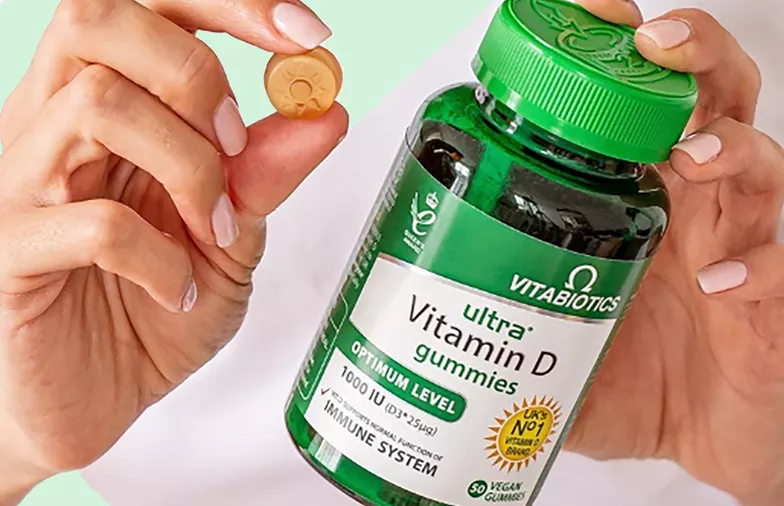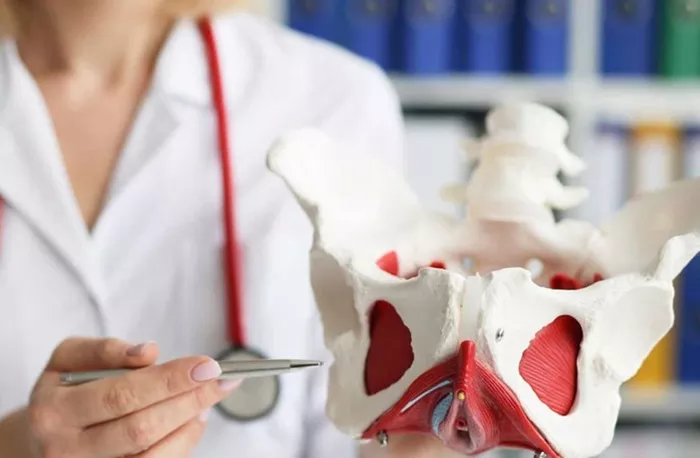Vitamin D is an essential nutrient that plays a vital role in the health of our bones, immune system, and overall well-being. There are two main types of vitamin D: D2 and D3. While both types of vitamin D are important, there are some key differences between them. In this article, we will explore the difference between D2 and D3 vitamins, including their sources, benefits, and potential drawbacks.
1. What are Vitamin D2 and D3?
Vitamin D2 and D3 are both forms of vitamin D that are important for our health. Vitamin D2, also known as ergocalciferol, is produced by plants and fungi. Vitamin D3, also known as cholecalciferol, is produced by the skin when it is exposed to sunlight.
Both vitamin D2 and D3 are converted into their active form, calcitriol, in the liver and kidneys. Calcitriol helps regulate the absorption of calcium and phosphorus in the body, which is important for the health of our bones and teeth.
2. Sources of Vitamin D2 and D3
Vitamin D2 is found in some plant-based foods, such as mushrooms, and is often added to fortified foods, such as cereal and milk. Vitamin D3 is primarily obtained through exposure to sunlight, but it is also found in some animal-based foods, such as fatty fish, egg yolks, and liver.
While both vitamin D2 and D3 can be obtained through diet and sunlight, vitamin D3 is more effective at raising and maintaining vitamin D levels in the body.
3. Benefits of Vitamin D2 and D3
Both vitamin D2 and D3 provide important health benefits, but there are some differences between the two.
Vitamin D2 has been shown to:
Improve bone health: Vitamin D2 can help improve bone density and reduce the risk of fractures.
Boost immune function: Vitamin D2 may help improve immune function and reduce the risk of infections.
Vitamin D3 has been shown to:
Improve bone health: Vitamin D3 is more effective at improving bone density and reducing the risk of fractures than vitamin D2.
Boost immune function: Vitamin D3 may be more effective at improving immune function than vitamin D2.
Reduce the risk of chronic diseases: Vitamin D3 may help reduce the risk of chronic diseases, such as heart disease, diabetes, and cancer.
4. Potential Drawbacks of Vitamin D2 and D3
While vitamin D2 and D3 provide important health benefits, there are some potential drawbacks to consider.
Vitamin D2:
May not be as effective: Vitamin D2 is not as effective at raising and maintaining vitamin D levels in the body as vitamin D3.
May have a shorter shelf life: Vitamin D2 may have a shorter shelf life than vitamin D3.
Vitamin D3:
May be derived from animal sources: Vitamin D3 is often derived from animal sources, which may not be suitable for vegetarians and vegans.
May cause toxicity: Taking high doses of vitamin D3 can lead to toxicity, which can cause symptoms such as nausea, vomiting, and kidney damage.
5. How to Choose Between Vitamin D2 and D3
When it comes to choosing between vitamin D2 and D3, there are a few factors to consider:
Dietary restrictions: If you are a vegetarian or vegan, you may want to choose vitamin D2, which is often derived from plant sources.
Sun exposure: If you live in an area with limited sunlight or have limited sun exposure, you may want to choose vitamin D3, which is more effective at raising and maintaining vitamin D levels in the body.
Health concerns: If you are at risk for chronic diseases, such as heart disease or cancer, you may want to choose vitamin D3, which has been shown to help reduce the risk of these conditions.
It is also important to talk to your healthcare provider before starting any new vitamin or supplement, including vitamin D. They can help you choose the best form of vitamin D for your individual needs and ensure that it is safe for you to take.
Conclusion
Vitamin D is an essential nutrient that plays a vital role in the health of our bones, immune system, and overall well-being. There are two main types of vitamin D: D2 and D3. While both types of vitamin D are important, there are some key differences between them. Vitamin D2 is produced by plants and fungi, while vitamin D3 is produced by the skin when it is exposed to sunlight. Vitamin D3 is more effective at raising and maintaining vitamin D levels in the body, and may provide additional health benefits, such as reducing the risk of chronic diseases. When choosing between vitamin D2 and D3, it is important to consider your dietary restrictions, sun exposure, and health concerns, and to talk to your healthcare provider before starting any new vitamin or supplement.
[inline_related_posts title=”You Might Be Interested In” title_align=”left” style=”list” number=”6″ align=”none” ids=”4806,4714,4708″ by=”categories” orderby=”rand” order=”DESC” hide_thumb=”no” thumb_right=”no” views=”no” date=”yes” grid_columns=”2″ post_type=”” tax=””]
































